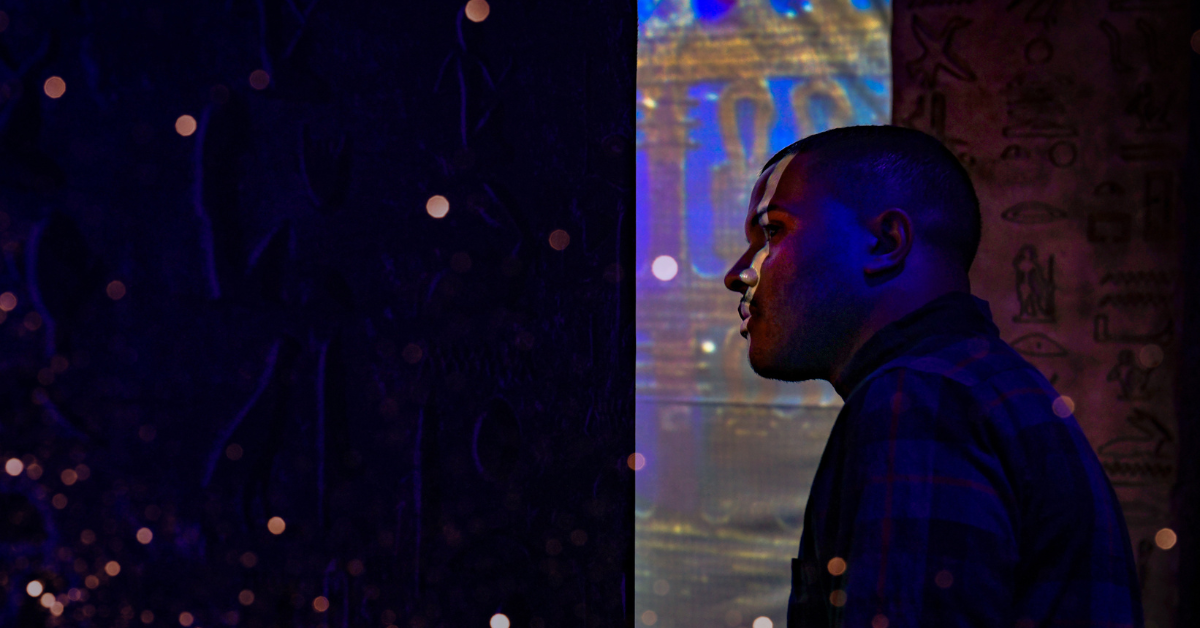
When King Tutankhamun died over 3,000 years ago, his body was sealed in a tomb within the Valley of the Kings. It remained buried and untouched until it was unsealed by archaeologist Howard Carter in 1922. There have been rumors since then that Tut’s tomb was protected by the curse of the pharaoh, which would take the life of anyone who disturbed Tut’s final resting place.
Not long after the tomb was opened, Carter’s benefactor Lord Carnarvon suddenly died. This may have given birth to the story of the curse, though it doesn’t explain how Carter himself lived nearly two more decades before his death in 1939. The truth of Carnarvon’s demise was that he was already in poor health at the time the tomb was opened. Experts have even stated that the sanitary conditions would have been better within the tomb than outside it, meaning that Carnarvon was likely safer when he was within the tomb’s walls.
Another potential origin story for the curse is that when Howard Carter and his team made their way through the tomb, they encountered a statue of the god of the dead Anubis standing guard over the Boy King’s burial chamber. At the statue’s feet was a small brick inscribed with a warning, likely to ward off grave robbers. It is possible that this inscription could have inspired the story of the curse.
Egyptologist Dominic Montserrat had a different theory for the origin – that it came about long before the discovery of Tut’s tomb. His research concluded that a likely origin for the myth came after a stage show that removed the wrappings of authentic mummies inspired stories of a curse of mummified bodies out for revenge.
Although the curse itself is only superstition, it lives on in pop culture as a part of King Tut’s story.
